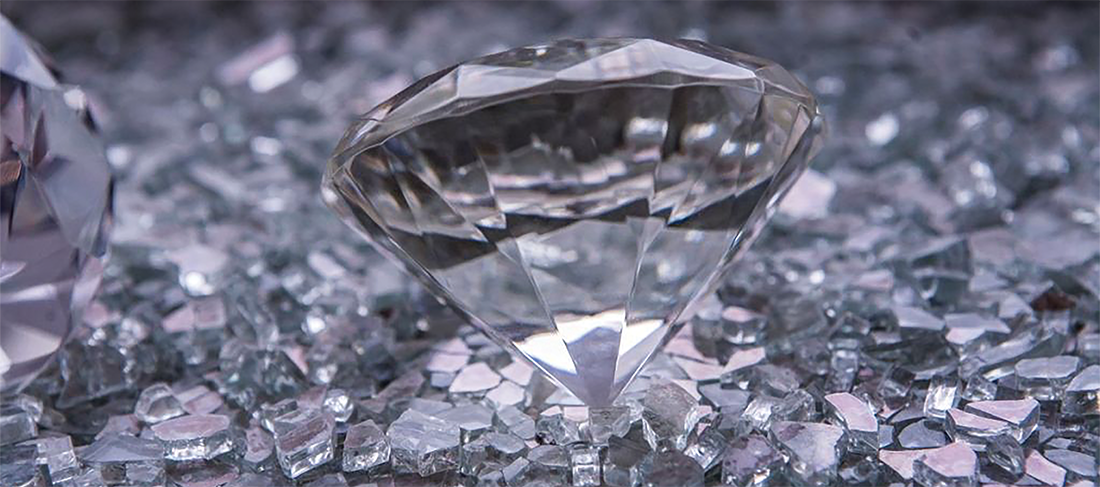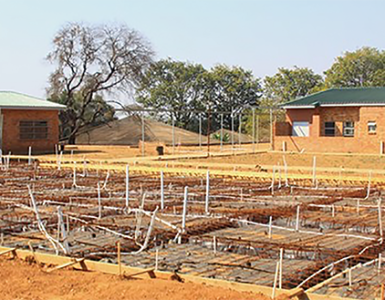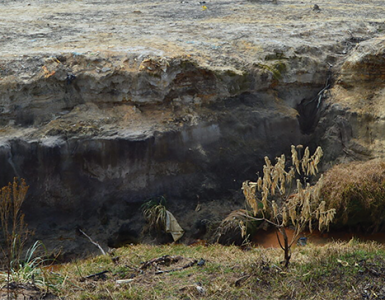BLEAK SCENARIO: Dwindling sales of natural diamonds an ominous reality that diamond-producing countries face in the light of growing popularity of lab-grown synthetics…
By Vitalio Angula
The Southern African nations of Namibia, South Africa, Angola, Democratic Republic of Congo and Botswana met recently to discuss the promotion of natural diamonds, said to be in decline due to the rising popularity of lab-grown “synthetic” diamonds.
The discussions culminated in the signing of the Luanda Accord where the Southern African diamond-producing nations alongside the Gem and Jewellery Export Promotion Council (GJEPC), Antwerp World Diamond Centre (AWDC), Dubai Multi Commodities Centre (DMCC), and De Beers pledged to contribute 1% of annual rough diamond revenue to fund a global marketing campaign spearheaded by the Natural Diamond Council (NDC).
But experts warn that these efforts may be a little too late, and the year-on-year decline in the sale of natural diamonds is a reality that diamond-producing countries should confront in the face of the growing popularity of lab-grown synthetics.
Former Diamond Commissioner at the Ministry of Mines in Namibia, Kennedy Hamutenya, says the rising popularity of lab-grown diamonds is bad news for future investment in diamond exploration and mining.
“If investors perceive increased risk due to falling demand for rough and natural diamonds, they’ll hesitate to fund upstream diamond operations which include the exploring, producing and sorting of rough diamonds and this is evidenced in Deb-Marines recent announcement to retire two of its mining vessels three years earlier than planned”, Hamutenya said.
In statement made by Namibia’s Deputy Minister of Mines, Gaudentia Kronhe, at the Diamond Round Table Discussion on Wednesday she revealed that diamonds contributed 6.3% to Namibia’s Gross Domestic Product (GDP) in the year 2023 which is a significant amount that is likely to decrease due to the slowing demand for natural diamonds globally.
She also fingered President Donald Trumps 21% tariff on mineral imports into the USA from Namibia as a factor that will slow down diamond demands in the coming years.
“A particularly pressing concern is the newly announced U.S. Executive Order of April 2, 2025, which introduces broad tariffs aimed at “re-balancing” global trade flows. Namibia now faces a reciprocal 21% tariff on mineral exports, including diamonds, to the U.S, a significant market for Namibian gems” he told the Round Table.
“Such tariffs are likely to reduce Namibian exports, create market imbalances and introduce new volatility in global trade particularly in the natural diamond sector”, Krohne added.
Namibia recorded a decline of 32.9 percent in diamond revenue from U$D 984 million in 2023 to U$D 672 million in 2024 according to data in the latest Bank of Namibia Annual report.
Experts say the decrease in revenue will not only impact the country’s ability to service its external debt, but will also decrease the country’s foreign exchange reserves and undermine its ability to pay for imports thereby decreasing investor confidence in the country.
According to the Bank of Namibia’s latest Annual Report external debt which includes both public and private sector debt held by non-residents is approximately U$D 9.5 billion whereas the country’s external debt as a percentage of GDP was reported at 76.7 in 2023. Anglo-American has reported plans to re-structure and divest its stake in De Beers potentially leading to De Beers operating as a separate, independent entity.
De Beers is a diamond company while Anglo-American is a multi-national mining company that owns 85% of De Beers. The government of Botswana owns the remaining 15%.
Unlike Botswana (diamonds), Norway (oil) and Abu Dhabi (oil) which invested in Sovereign Wealth Funds to cushion their economies in periods of economic volatility which may be caused by a decrease in demand for their commodities, the government of Namibia used its honeymoon phase of peak demand in commodities such as diamonds as a vehicle for cronyism lining the pockets of a few politically connected individuals at the expense of the state. This short-sighted planning and reliance on commodity extraction has left the country vulnerable due to the falling demand of its main single foreign currency earner, diamonds.
According to Hamutenya, “If lab-grown diamonds continue to gain market share at the expense of natural stones we could see a significant decline in mining related investment and this would ripple through diamond producing economies.
“What is interesting is that many of the large traditional cutting and polishing factories in places like Surat and Mumbai (the major players) are now handling both natural and lab-grown stones.
They are simply adjusting their workflow! When demand for natural diamonds falls and/or prices fall they use the same staff, equipment and infrastructure to process synthetics instead… so investment remains mostly stable”, Hamutenya said.
Could this be a wake-up call for Southern African nations to accept the reality that synthetic diamonds are here to stay while natural diamonds slowly fade-away and to begin to invest in the Lab-Grown Diamond Value Chain because clearly, NATURAL DIAMONDS ARE NOT FOREVER! – The Pan Afrikanist
* Vitalio Angula is a Namibia-based socio-political commentator and independent columni






























